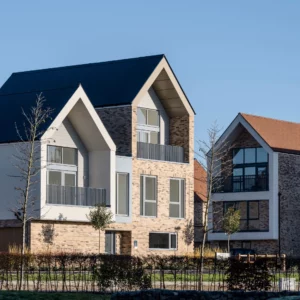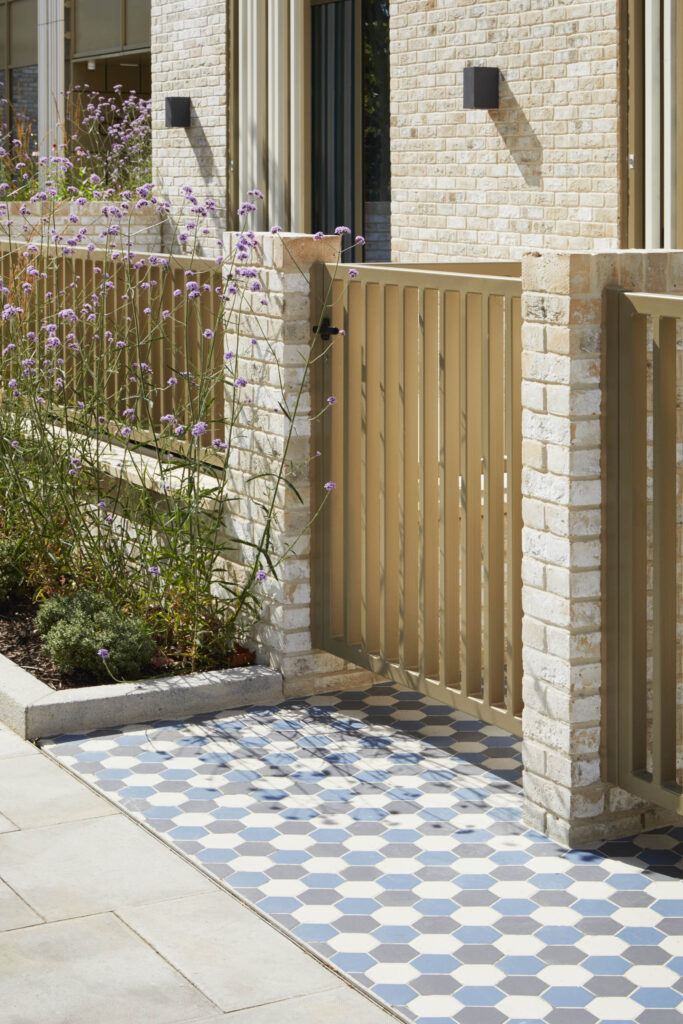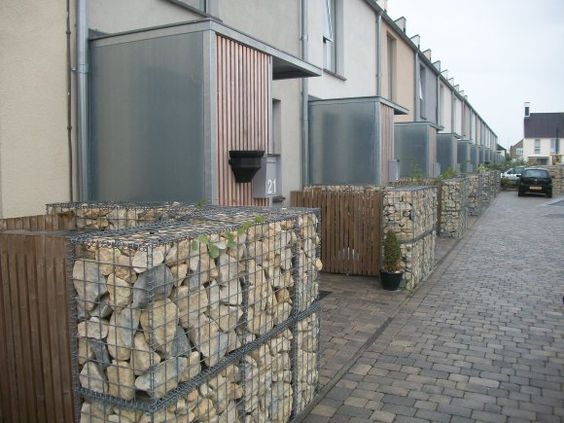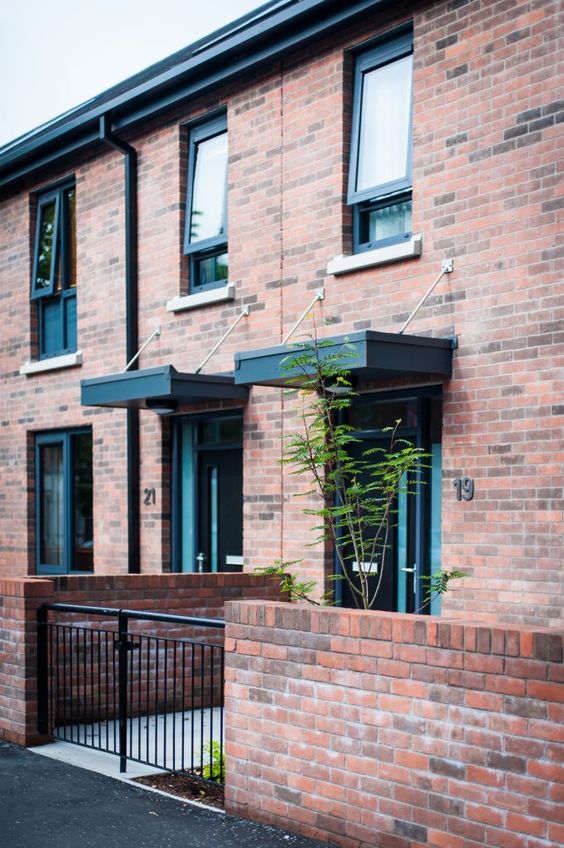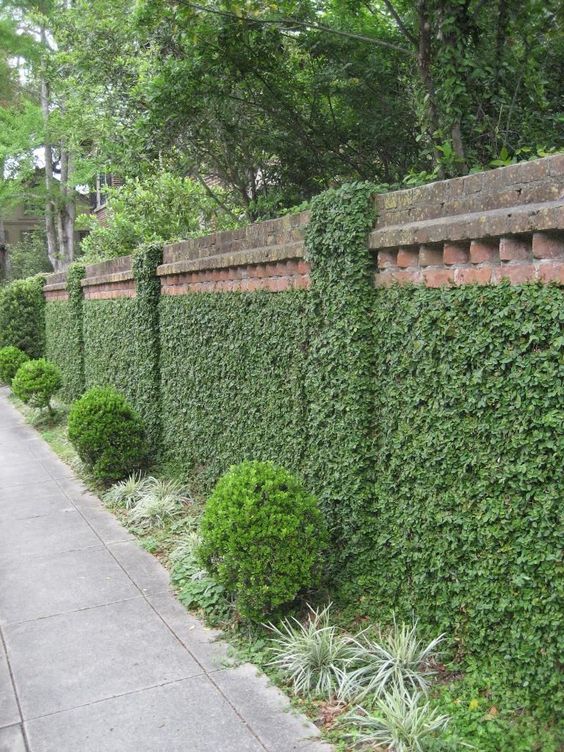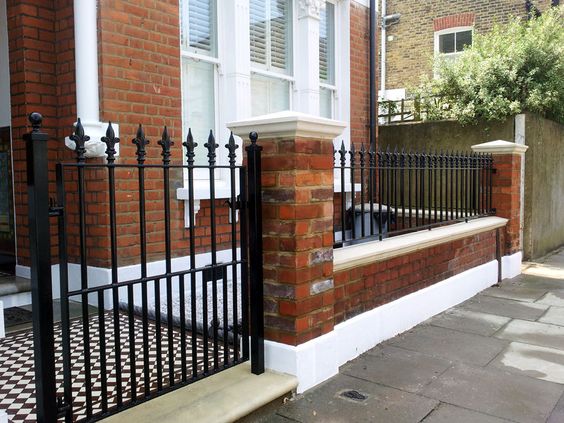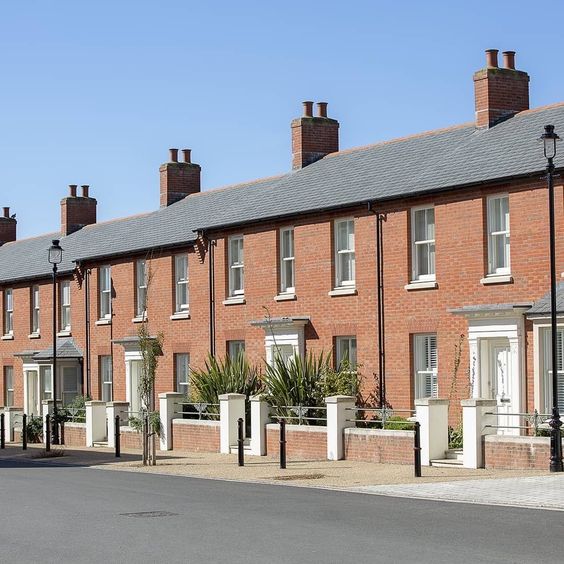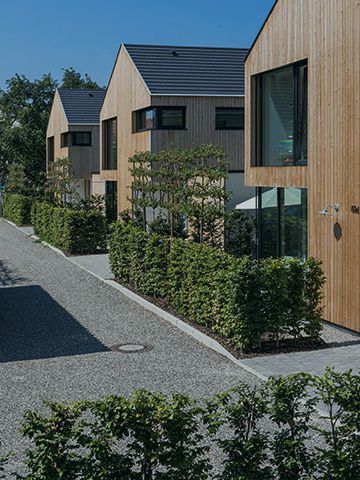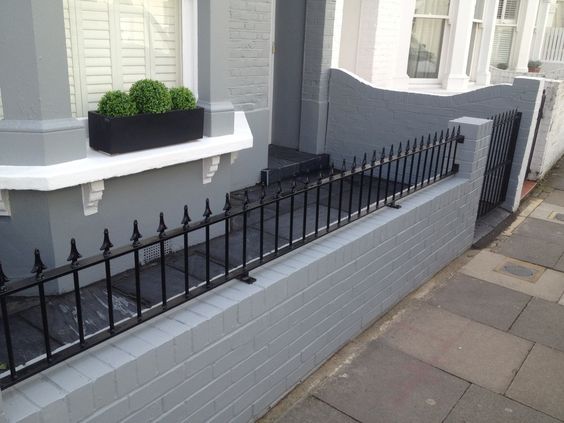Drainage and SUDsSuDS are a natural approach to managing drainage in and around properties and other developments. Sustainable drainage measures are ones which avoid adding to flood risks both at a development site and elsewhere in the catchment by replicating natural drainage processes. SuDS work by slowing and holding back the water that runs off from a site, alleviating flooding and allowing natural processes to break down pollutants. More
Landscape and Nature
Protecting Existing Landscape
Introduction
Existing Landscape Features help to define a place and are often well-established, mature and prominent elements. These may include trees, hedges, large shrub areas, walls, topography, streams, rivers, ponds and meadows.
These features can convey an important message about a sites characterCharacter includes all of the elements that go to make a place, how it looks and feels, its geography and landscape, its noises and smells, activity, people and businesses. This character should be understood as a starting point for all development. Character can be understood at three levels; the area type in which the site sits, its surroundings and the features of the site. More and history. In a similar vein, some valuable existing features may be hidden or be less visually prominent. They are no less important. Such features may include:
- Geological Formations,
- Archaeological Features,
- Hidden Structures
At a very practical level, good quality topsoils are precious commodities and should be preserved for successful reuse. A successful design will accommodate and safeguard worthy existing landscape features. It is expected that such features will be protected and will inform all designs.
LNL 3
Protecting existing landscape features
The applicant must demonstrate that the proposed scheme complies with the ‘Protecting existing landscape features’ best practice guidance set out within this chapter.
Existing landscape fatures should be considered from the outset.
The design and planning stage should be aspirational and practical and must acknowledge the ‘buildability’ of the scheme.
These considerations apply to features within the site and on surrounding land, to ensure that features identified for retention at the design stage will be safeguarded throughout the construction stage.
The entire development process should respect and allow for the successful retention of worthy existing landscape features. This must be clearly set out at the application stage.
Examples
Supporting background information
At the outset of the design process, existing landscape features of merit should be identified. This is achieved through a series of baseline technical reports which, where relevant, must be submitted with the planning application.
These reports must be carried out by suitably qualified professionals in their field of work and could include:
- Site/Topographical Survey;
- Arboricultural (Tree and Hedgerow) Survey Reports;
- Archaeological/Heritage Reports;
- Ecological Reports;
- Soil Analysis Reports;
- Ground Condition and Contamination Assessments;
- Drainage Assessment Reports;
- Landscape and Visual Impact Assessment.
It must be demonstrated within the planning submission how the above information has informed the Landscape Strategy for the site. The design process must balance the informed knowledge of the existing landscape features on and around the site with the wider development brief.
Example
The Place, Northenden Road, Sale, Trafford:
3no. mature front boundary trees (Lime, Beech and Sycamore) were safeguarded in the new scheme, through the use of decorative metalwork joining the new sections of new front boundary stone walling, allowing the trees to remain unhindered. New front boundary wall needed specialist foundation design to safeguard tree roots.
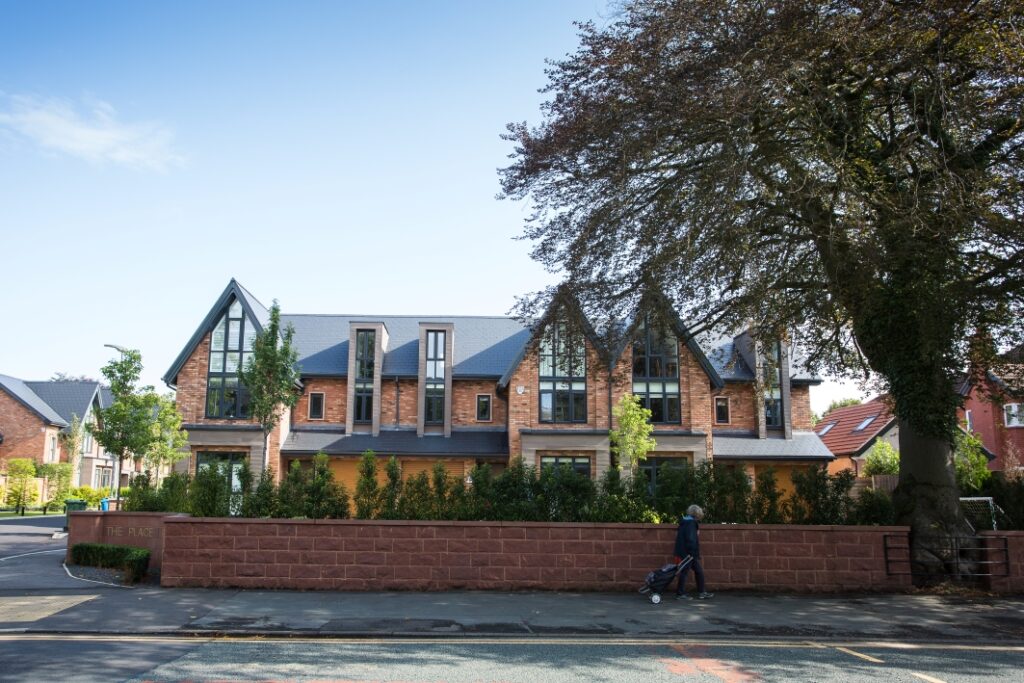
A sites features protection plan
A site features protection plan must be prepared with any planning application submitted. This plan and associated method statements must take into account the practicalities of the construction stage.
This will include:
- The working/construction zones around buildings.
- Extra space required for basement or deep foundations
- Service and drainage runs
- Site compounds and material storage areas
- Areas and method for stockpiling topsoil for reuse on site
- Tree and hedge root protection area and vulnerable tree canopies
Protecting existing landscape case studies
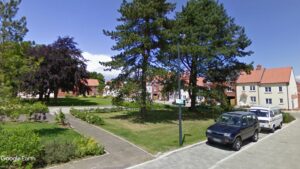
Hortham Village
Hortham Village by Barratt Homes The Hortham Village demonstrates how to create a place by simply retaining a large amount of existing landscape within the
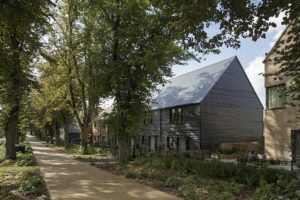
The Avenue in Saffron Walden
The Avenue by Pollard Thomas Edwards Architects for Hill This development inserts 76 new homes into a conservation area in a historic market town and

